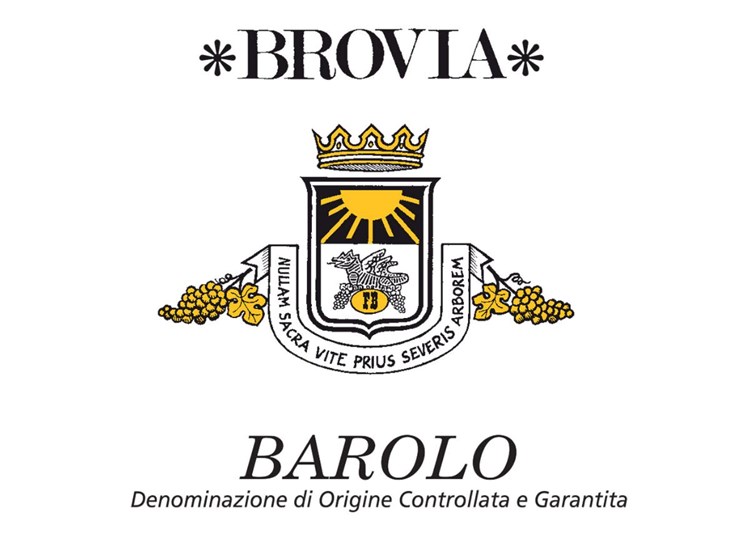
Which site would you like to visit?
By clicking the retail or wholesale site button and/or using rarewineco.com you are choosing to accept our use of cookies to provide you the best possible web experience.

As wine marketing has exploded in sophistication, it’s rare to see a wine promote itself as something less than what it is.
We have to go back 40+ years for our favorite example. In the 1980s, Coche-Dury sold even their most desirable lieux-dits as plain Meursault. If you were lucky, you might find the name of the lieu-dit scribbled in ballpoint pen on the outside of the carton. But if you bought a loose bottle, you had no idea what treasure was in your hands.
Such humility rarely exists in wine these days. But it does in one of Barolo’s greatest Old School cantinas: Brovia.
While many other producers see their Barolo Classico as a place to hide their juice from young vines and lesser terroirs, Brovia regards their Barolo Classico as a sacred bond with the past, when all the great Barolos were mosaics of different crus.
The result is a Barolo Classico that is often rated eerily close to Brovia’s four revered single-cru Barolos, which now average $140+ a bottle in the U.S.
But thanks to our partnership with Brovia’s U.S. importer, Neal Rosenthal, we now enjoy direct access to Brovia’s cellar, and can offer the 2020 Barolo for just $69.95 a bottle and $395 by the 6-pack. There is no greater bargain in Old School Barolo.
An Historic Blueprint
In short, Brovia Barolo is a marriage of the family’s four iconic Barolo crus—with no young vines or non-cru juice—plus, for the first time in 2020, a fifth cru, from Serralunga, Gianetto.
The marriage begins with a base of roughly 3/4 pure Brea, the important southeast-facing Serralunga cru owned almost entirely by Brovia (so a virtual monopole).
Apart from the central-most section called “Ca’Mia”, which gets its own single-cru bottling, the entirety of Brea is reserved for the Barolo Classico.
The remaining quarter of the blend is the result of a very simple process. Brovia’s most illustrious Barolos are its single crus from Castiglione Falletto: Rocche di Castiglione, Villero and Garblèt Sué, And Brovia produces a single large botte (an approximately 3,000-liter barrel) from each per year, That's enough to yield about 350 coveted cases from each cru.
When each cru’s botte is filled, any wine that doesn't fit goes straight into the Barolo. It’s that simple. It’s the identical $140/bottle wine, with a vine age averaging about 50 years.
And to make sure the Barolo Classico will hold its own with the great multi-cru Barolos of the 1950s and 1960s, it is aged like a Barolo Riserva, with an additional four to six months in botti.
Brovia’s 2020 Barolo raises the stakes for a wine that Antonio Galloni has called “one of the best straight Barolos readers will come across.” That’s because Brovia had one of its greatest vintages ever in 2020—even better than 2019, according to Galloni.
Because the Barolo is aged like a Riserva and wasn’t bottled until this spring (nearly a year after the crus), there are no reviews out for it yet. But it is a spectacular wine that will occupy an honored space in your cellar (and place on your table) next to your best Barolos, for decades to come.
New discoveries, rare bottles of extraordinary provenance, limited time offers delivered to your inbox weekly. Be the first to know.
Please Wait
Adding to Cart.
...Loading...


By clicking the retail or wholesale site button and/or using rarewineco.com you are choosing to accept our use of cookies to provide you the best possible web experience.

